Aman Desai
Carbon Emission Prediction on the World Bank Dataset for Canada
Nov 26, 2022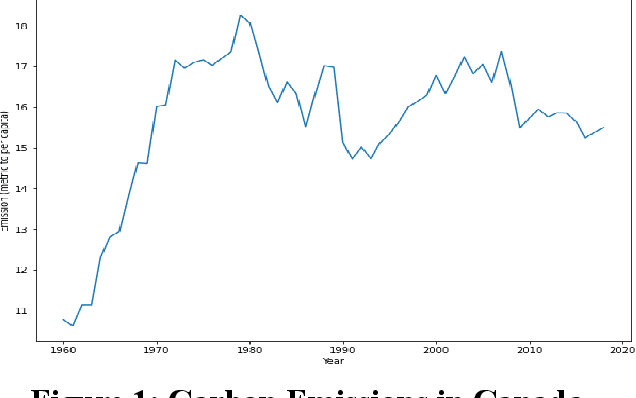
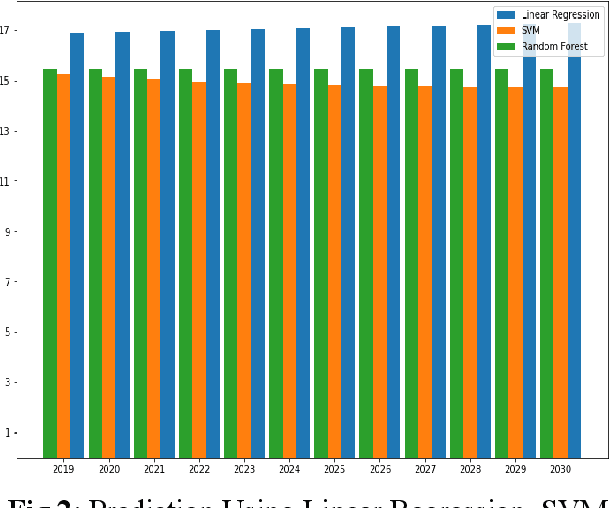
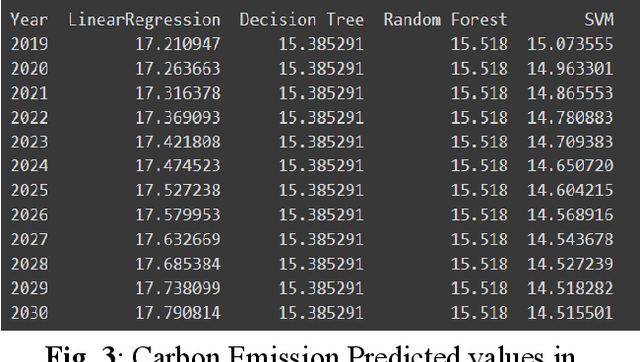
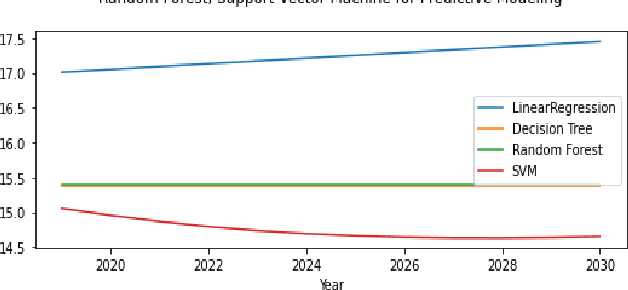
Abstract:The continuous rise in CO2 emission into the environment is one of the most crucial issues facing the whole world. Many countries are making crucial decisions to control their carbon footprints to escape some of their catastrophic outcomes. There has been a lot of research going on to project the amount of carbon emissions in the future, which can help us to develop innovative techniques to deal with it in advance. Machine learning is one of the most advanced and efficient techniques for predicting the amount of carbon emissions from current data. This paper provides the methods for predicting carbon emissions (CO2 emissions) for the next few years. The predictions are based on data from the past 50 years. The dataset, which is used for making the prediction, is collected from World Bank datasets. This dataset contains CO2 emissions (metric tons per capita) of all the countries from 1960 to 2018. Our method consists of using machine learning techniques to take the idea of what carbon emission measures will look like in the next ten years and project them onto the dataset taken from the World Bank's data repository. The purpose of this research is to compare how different machine learning models (Decision Tree, Linear Regression, Random Forest, and Support Vector Machine) perform on a similar dataset and measure the difference between their predictions.
Learning Personal Food Preferences via Food Logs Embedding
Nov 22, 2021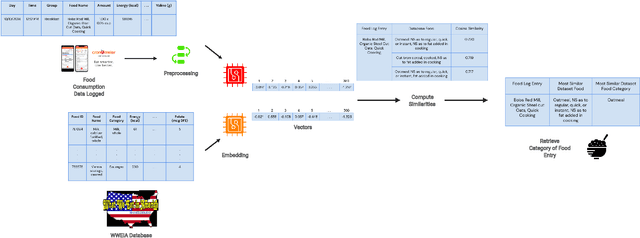
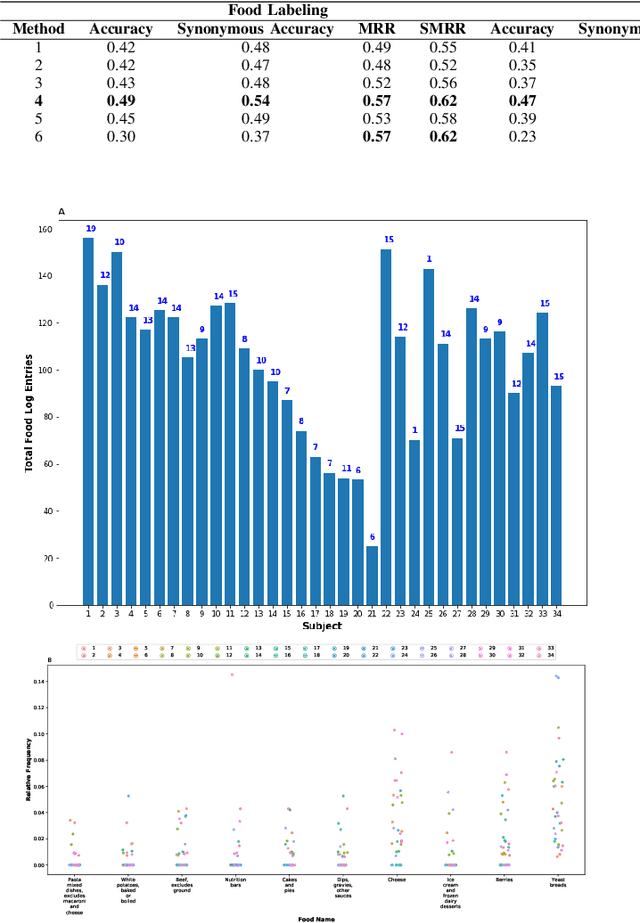

Abstract:Diet management is key to managing chronic diseases such as diabetes. Automated food recommender systems may be able to assist by providing meal recommendations that conform to a user's nutrition goals and food preferences. Current recommendation systems suffer from a lack of accuracy that is in part due to a lack of knowledge of food preferences, namely foods users like to and are able to eat frequently. In this work, we propose a method for learning food preferences from food logs, a comprehensive but noisy source of information about users' dietary habits. We also introduce accompanying metrics. The method generates and compares word embeddings to identify the parent food category of each food entry and then calculates the most popular. Our proposed approach identifies 82% of a user's ten most frequently eaten foods. Our method is publicly available on (https://github.com/aametwally/LearningFoodPreferences)
 Add to Chrome
Add to Chrome Add to Firefox
Add to Firefox Add to Edge
Add to Edge